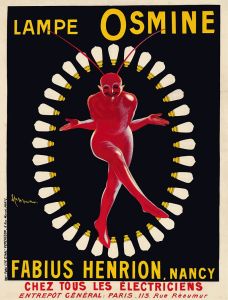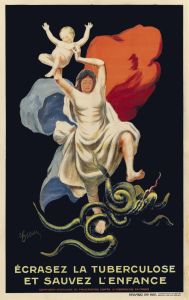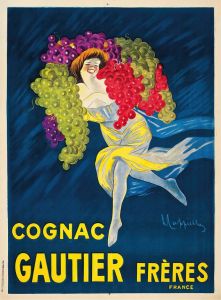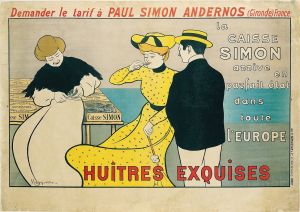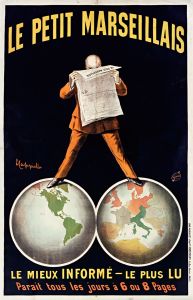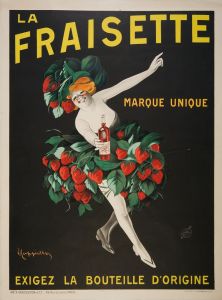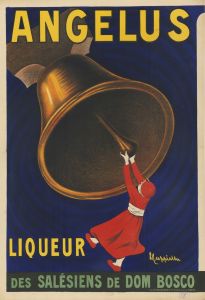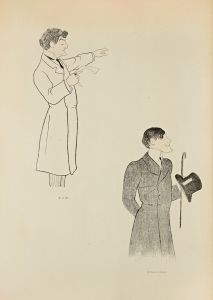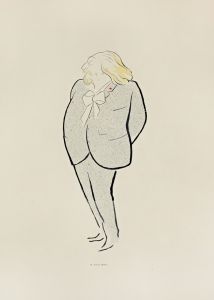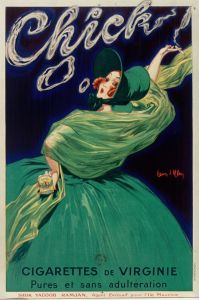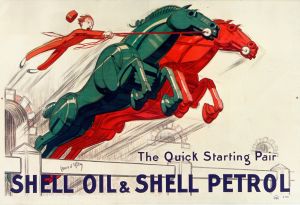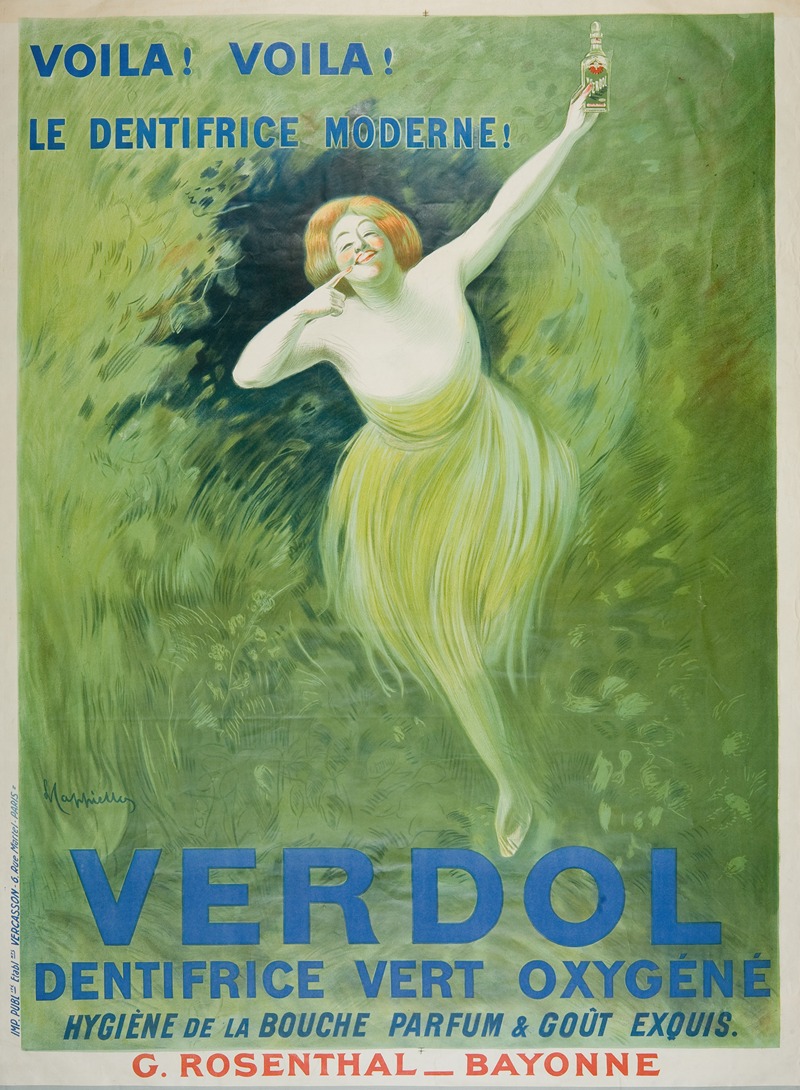
Verdol, dentrifice vert oxygéné
A hand-painted replica of Leonetto Cappiello’s masterpiece Verdol, dentrifice vert oxygéné, meticulously crafted by professional artists to capture the true essence of the original. Each piece is created with museum-quality canvas and rare mineral pigments, carefully painted by experienced artists with delicate brushstrokes and rich, layered colors to perfectly recreate the texture of the original artwork. Unlike machine-printed reproductions, this hand-painted version brings the painting to life, infused with the artist’s emotions and skill in every stroke. Whether for personal collection or home decoration, it instantly elevates the artistic atmosphere of any space.
Leonetto Cappiello was an Italian and French poster art designer and painter, renowned for his innovative approach to advertising in the early 20th century. Born in Livorno, Italy, in 1875, Cappiello moved to Paris in 1898, where he began his career as a caricaturist before transitioning to poster design. His work is characterized by bold figures and vibrant colors, which stood out in the bustling streets of Paris and other major cities.
One of Cappiello's notable works is the poster for "Verdol, dentrifice vert oxygéné." This poster, like many of Cappiello's creations, exemplifies his ability to capture attention through striking imagery and minimal text. The poster was designed to advertise a brand of toothpaste, emphasizing its unique selling point of being "oxygenated" and green, which was likely a novel concept at the time.
Cappiello's style was revolutionary in the world of advertising. Prior to his influence, posters often contained a lot of text and detailed illustrations. Cappiello, however, focused on creating a single, memorable image that could convey the essence of the product quickly and effectively. This approach not only made the advertisements more eye-catching but also more memorable to the public.
The "Verdol" poster features a dynamic and engaging design, typical of Cappiello's work. While specific details about the imagery used in this particular poster are not widely documented, it can be inferred from his other works that it likely included a bold, central figure or object, possibly incorporating elements of humor or whimsy to engage viewers. Cappiello often used exaggerated features and vibrant colors to create a sense of movement and life in his posters.
Cappiello's impact on advertising was profound. He is often referred to as the father of modern advertising because of his innovative techniques and his ability to distill the essence of a product into a single, compelling image. His work paved the way for future generations of graphic designers and advertisers, influencing the way products were marketed throughout the 20th century and beyond.
The "Verdol, dentrifice vert oxygéné" poster is a testament to Cappiello's skill in combining art and commerce. By creating visually appealing and conceptually clear advertisements, he helped to elevate the status of commercial art and demonstrated the power of visual communication in advertising.
Cappiello continued to produce posters until the late 1930s, leaving behind a legacy of over 530 posters, each showcasing his unique style and approach. His work remains influential, studied by graphic designers and art historians alike for its innovative use of color, form, and composition.
In summary, Leonetto Cappiello's poster for "Verdol, dentrifice vert oxygéné" is an example of his pioneering approach to advertising. Through his bold and imaginative designs, Cappiello transformed the landscape of commercial art, making a lasting impact on the industry that is still felt today.





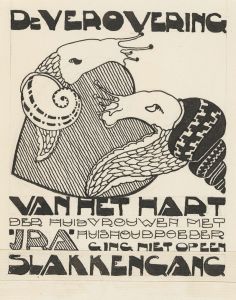
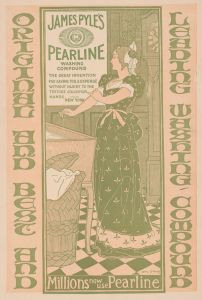
![Graphic design drawings for Barricini Candy packages.] [3-D Study for 6 rectangular boxes](/imgs/249345/s/winold-reiss-graphic-design-drawings-for-barricini-candy-packages-3d-study-for-6-rectangular-boxes-2f81667e.jpg)
